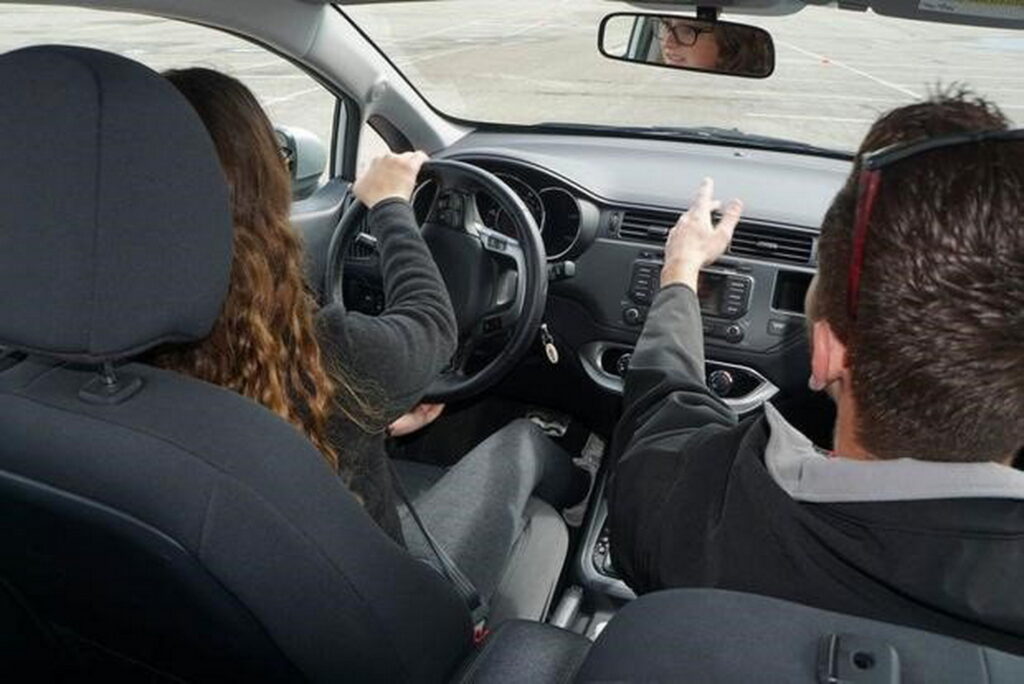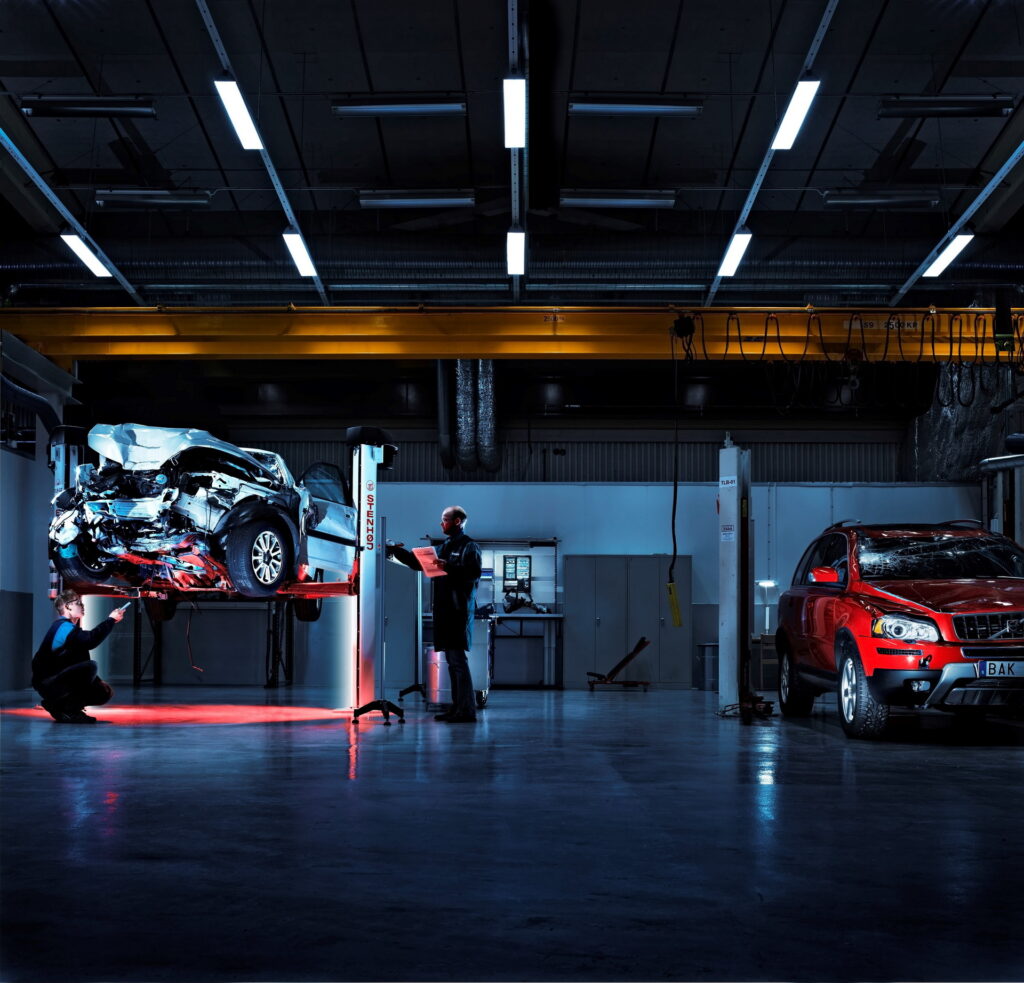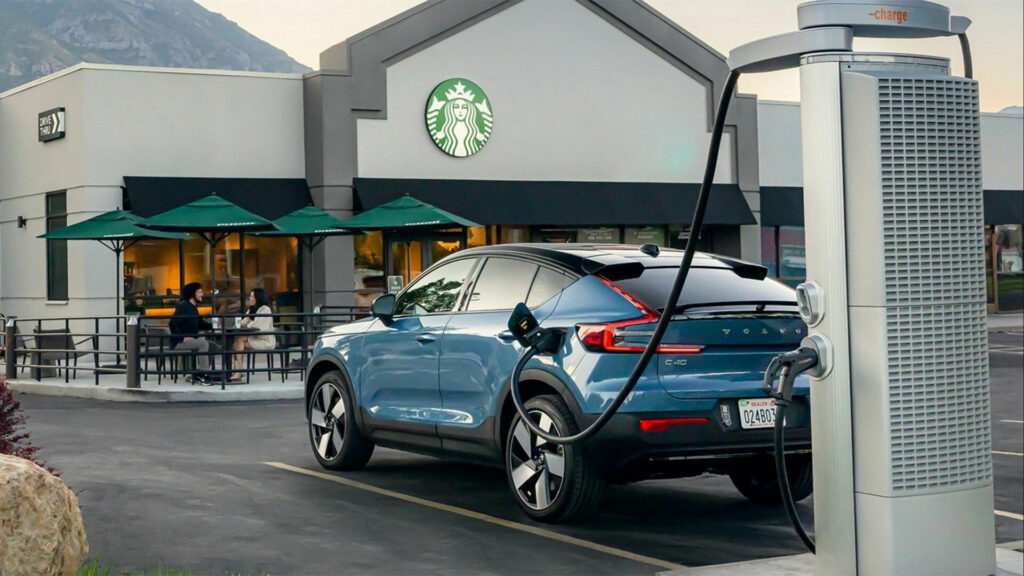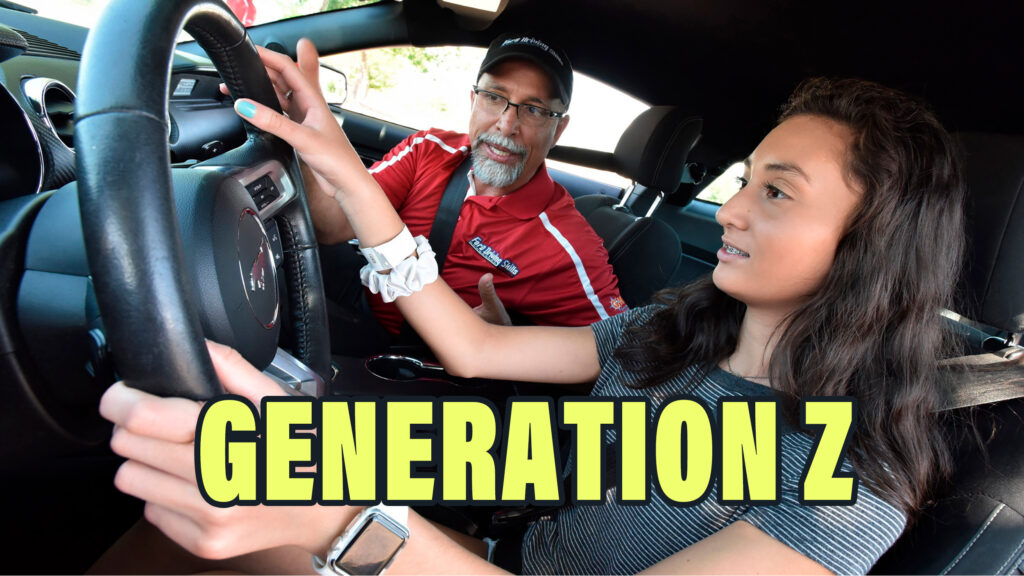From the dawn of the automobile until the Baby Boomer generation, every generation drove more than the one that preceded it. That trend, though, seems to be reversing now, and, like the Millennials before them, members of Generation Z, or Zoomers, are driving fewer miles than the people who preceded them.
Generational disinterest in driving was led by Millennials, defined roughly as the cohort of people born between 1981 and 1996. As they were coming of age, between 2001 and 2009, the number of miles driven by young people dropped by 24 percent. And although Millennials have started driving more as they have kids and move out of the cities, they still go fewer miles, on average, than previous generations did before them.
Now, though, Gen Z is showing that it wasn’t a fluke. As time moves forward, it seems that interest in America‘s car culture is waning. Even compared to Millennials, Zoomers (people born between 1996 and 2012) are driving fewer miles.
Read: Gen Zers Have A Very Different Outlook During The Car Buying Process, Says New Study

In 1997, 43 percent of 16-year-olds had a driver’s license, and that number jumped to 62 percent among 17-year-olds, the Washington Post reports. In 2020, that number has fallen by 18 percentage points for 16-year-olds and by 17 percentage points for 17-year-olds.
Even for older Zoomers, the numbers of licensed drivers are falling. In 1997, nearly 90 percent of 20-25-year-olds had a driver’s license, while in 2020, that number was 80 percent. There are a variety of reasons for that shift, including anxiety about climate change, the financial burdens of car ownership, and even fears of the road.
Speaking to the Washington Post, Madison Morgan, a 23-year-old from Kennewick, Washington, said that she became less interested in driving after a number of her high school classmates passed away in traffic accidents. Sadly, fatalities on Americas roads have been on the rise in recent years, reaching a 16-year-high in 2021. Although the statistics plateaued in 2022, America leads developed nations in on-road fatalities.

The cost of driving on America’s roads, meanwhile, is currently very high. Car insurance spiked 14 percent between 2022 and 2023, while the overall cost of car ownership has risen nearly 10 percent in that same period of time.
Efforts to popularize electric vehicles, meanwhile, may help allay fear about climate change, but their high prices, the rising cost of electricity, and their ample power, may do little to calm anxieties about road safety and expenses.
Instead of cars, Zoomers are increasingly moving to ride-share and public transit options. That, according to Tony Dutzik, a senior policy analyst at Frontier Group, raises the question of how city planners will react.
“You have a group of people signaling with their actions that they want something different from the transportation system,” Dutzik told the Washington Post. “They need more options to be able to live their lives the way they want to.”





